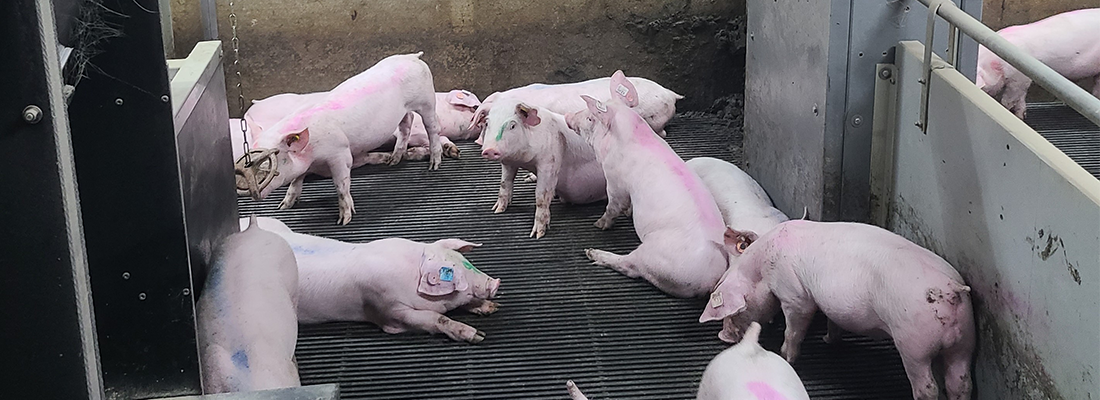Food, Global Health Reading time 2 min
Ways of reducing antibiotic residues in livestock effluent
Published on 04 June 2024

Diseases caused by bacteria require the administration of antibiotics to farm animals. Residues of these treatments are excreted in manure and end up in bedding. When these manures are spread, the residues can be dispersed into the environment, contributing to soil and groundwater contamination and increasing the risk of antibiotic resistance.
As part of the European H2020 Healthy Livestock programme, which proposes animal husbandry practices aimed at reducing the use of antibiotics in the interests of public and animal health, the economy and the environment, animal health scientists at the INTHERES laboratory have developed an analytical method to quantify the residues of various antibiotics used in animal health.
« 350 litter samples were taken from chicken farms in Cyprus, Greece and the Netherlands, and from pig farms in France and Italy, explains Marlène Lacroix, research engineer at INRAE. In these samples, we determined the residual concentrations of antibiotics. »
With the exception of amoxicillin, all antibiotics used on the farms were detected in the bedding of treated animals. Amoxicillin is the most commonly used antibiotic on the farms monitored, but it was not detected in any of the bedding samples because residues are difficult to detect due to its low stability over time. Fluoroquinolones and doxycycline are frequently found in the bedding of treated animals, especially in chicken farms. Overall, the presence of residues is higher in chicken manure than in pig manure.
Reducing residues
The research team also studied the impact of the implementation of health plans aimed at improving animal welfare and reducing the use of antibiotics, on the presence of antibiotics in bedding. The impact of these plans was assessed, on each farm by comparing the ratio of antibiotic concentrations before and after their implementation. This confirmed that improving biosecurity reduces the need for antibiotics. Biosecurity is the set of preventive and regulatory measures designed to reduce the risk of the spread and transmission of infectious diseases to humans, animals and plants.
They also showed that the chemical stability of antibiotics had a greater influence on the detection of residues in bedding than the frequency of treatment. "The class of antibiotic, i.e. its chemical family, is an important factor because it strongly influences the stability of the compounds, i.e. their ability to persist in bedding", explains Marlène Lacroix. Fluoroquinolones and tetracyclines, for example, are stable molecules and therefore more likely to be detected.
This study confirms the need to draw up tailor-made health plans to improve biosecurity, and thus reduce the risk of animals coming into contact with pathogens and requiring antibiotic treatment. In order to limit the presence of antibiotic residues in bedding, the reduction in the number of treatments should be accompanied by recommendations for families of antibiotics to favour the molecules that degrade most rapidly in the environment.
Reference:
Lacroix M.Z., Ramon-Portugal F., Huesca A. et al. (2023). Residues of veterinary antibiotics in manures from pig and chicken farms in a context of antimicrobial use reduction by implementation of health and welfare plans. Environ Res, 238(Pt 2):117242.
